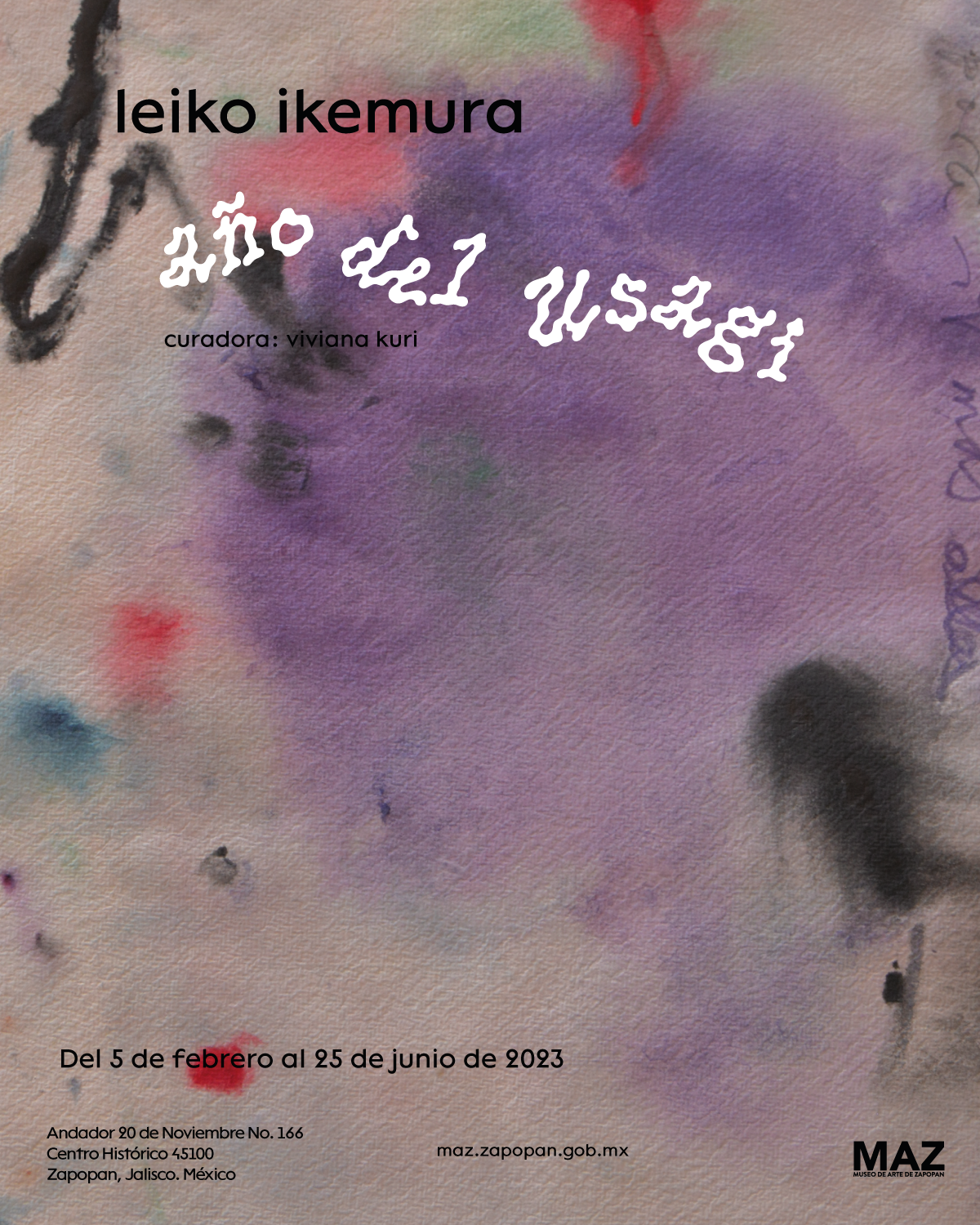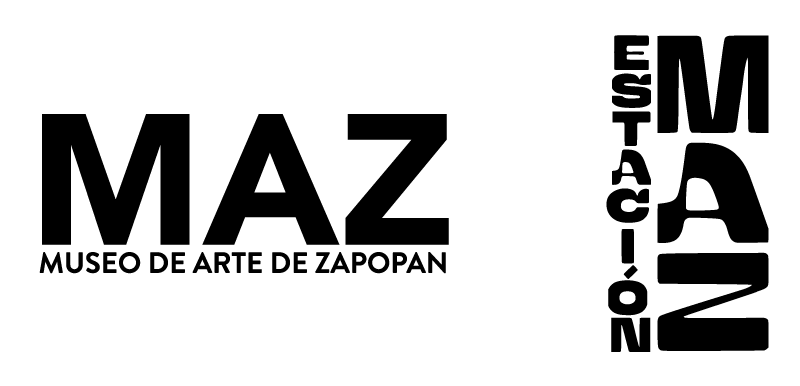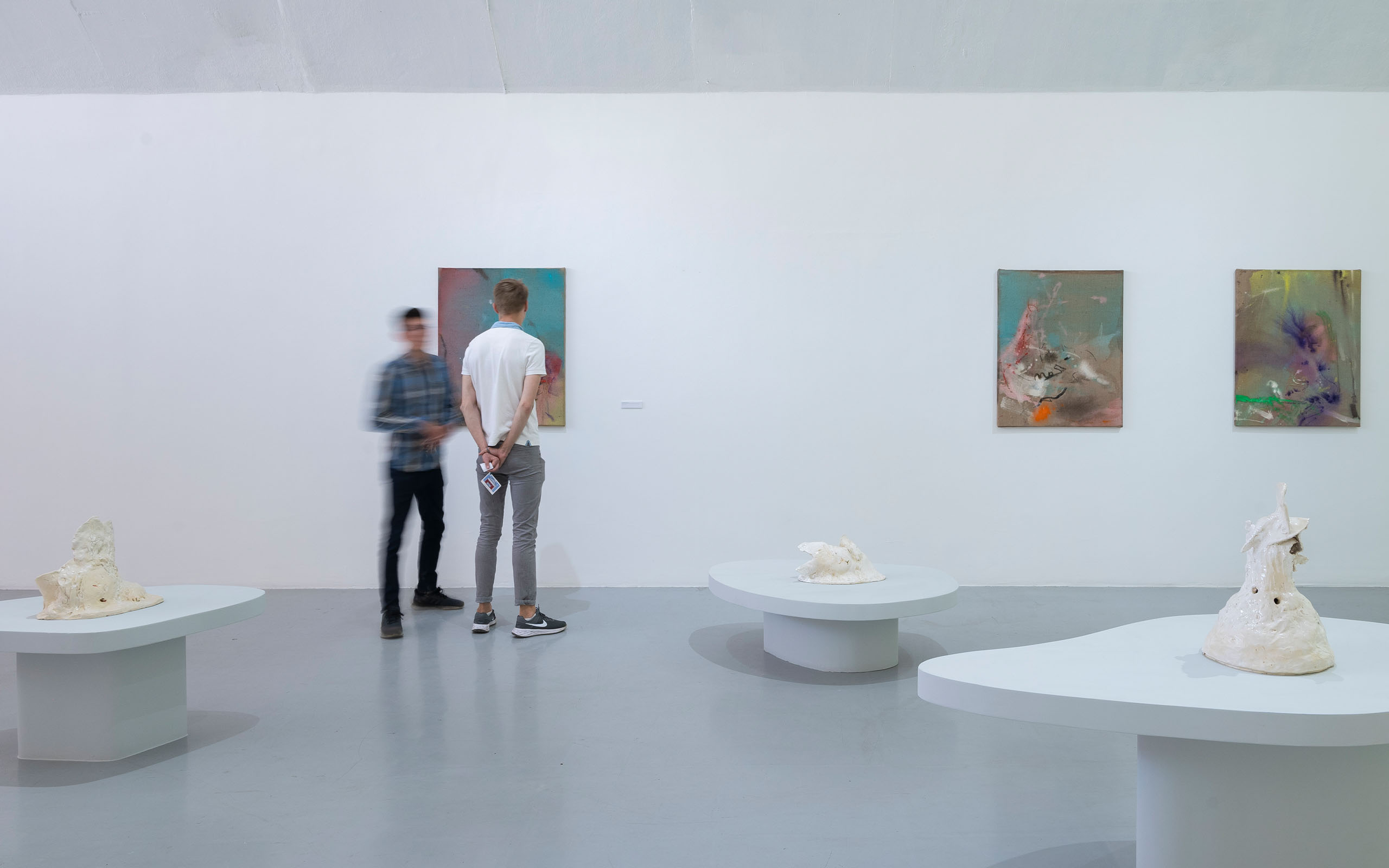
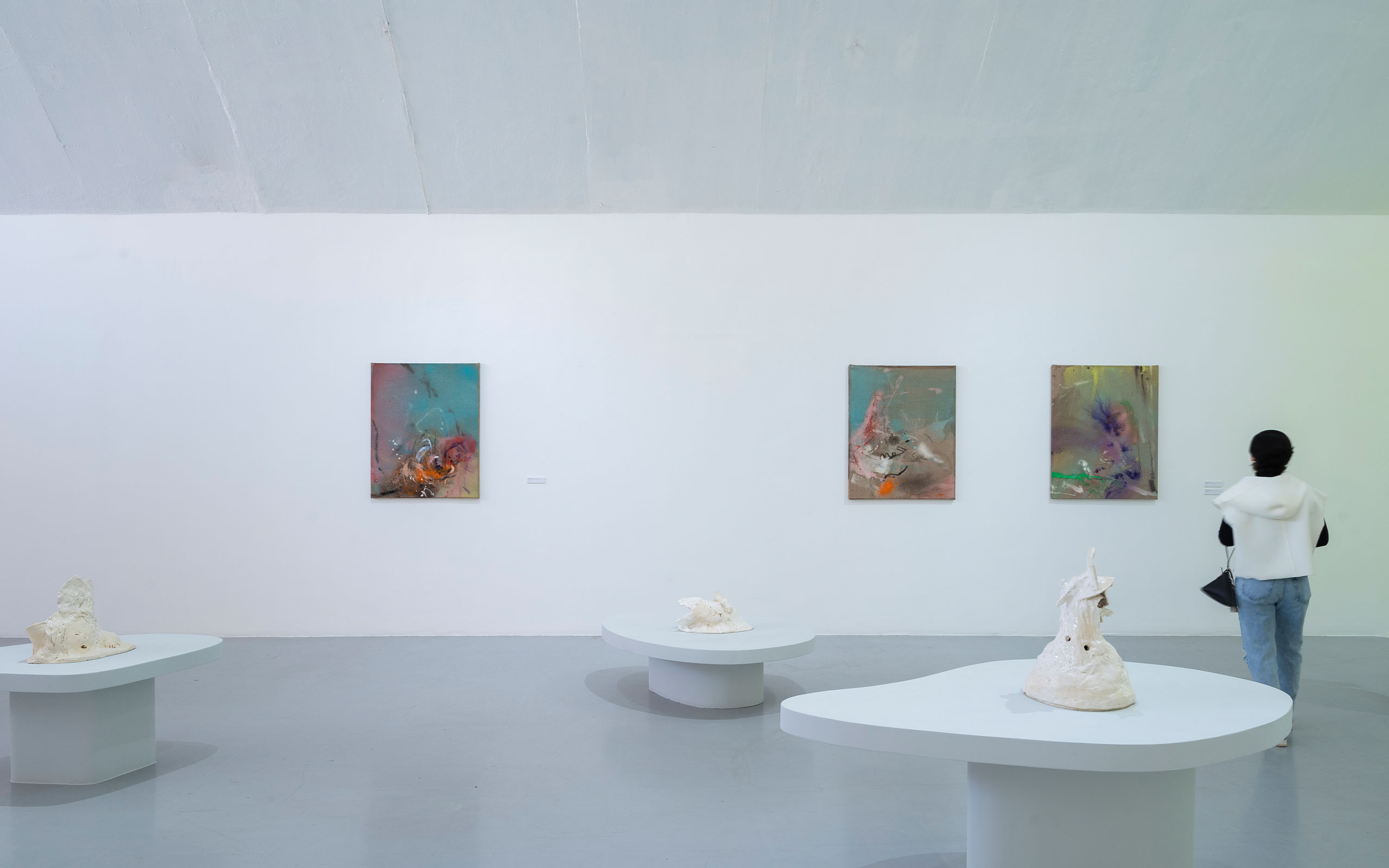

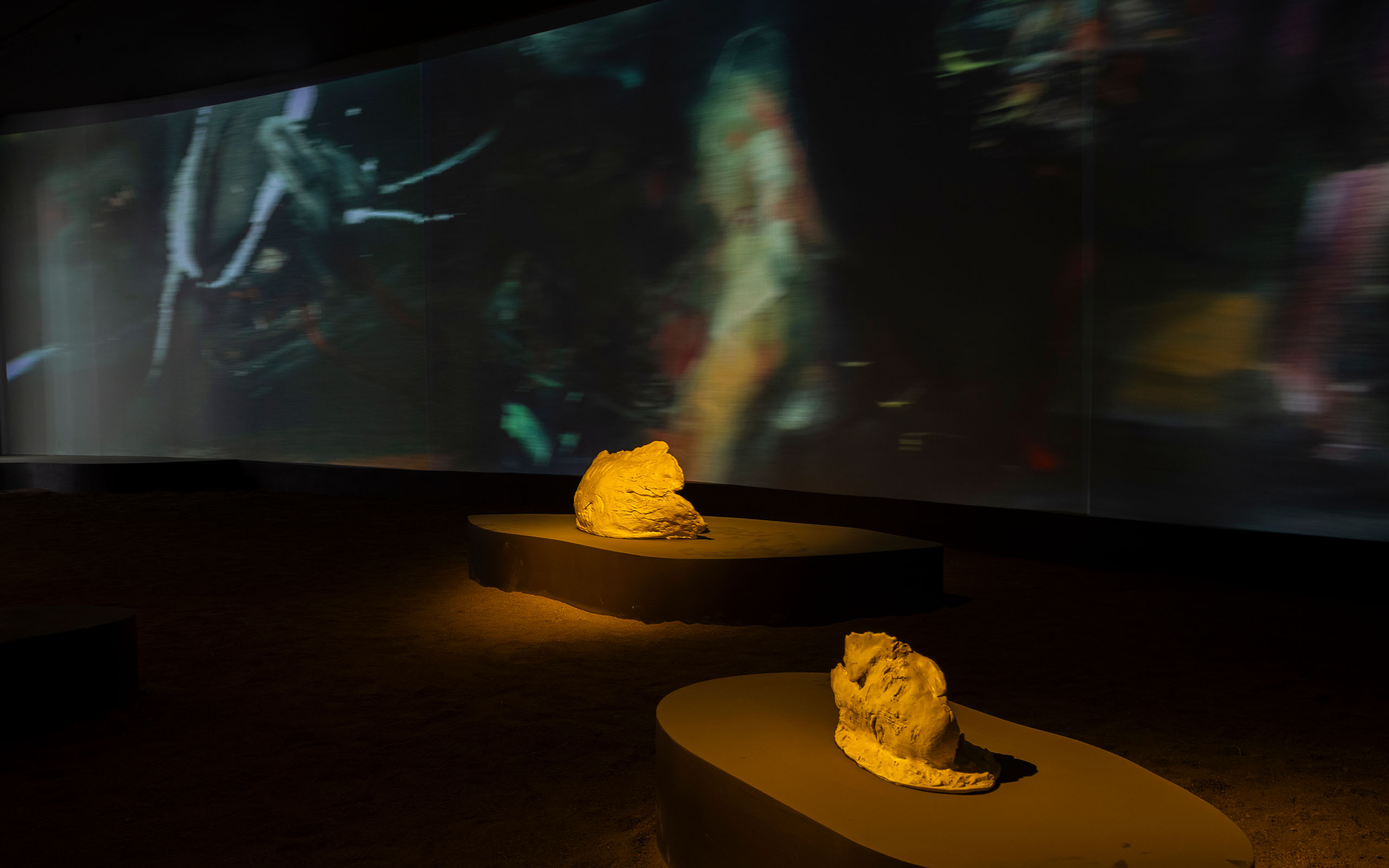
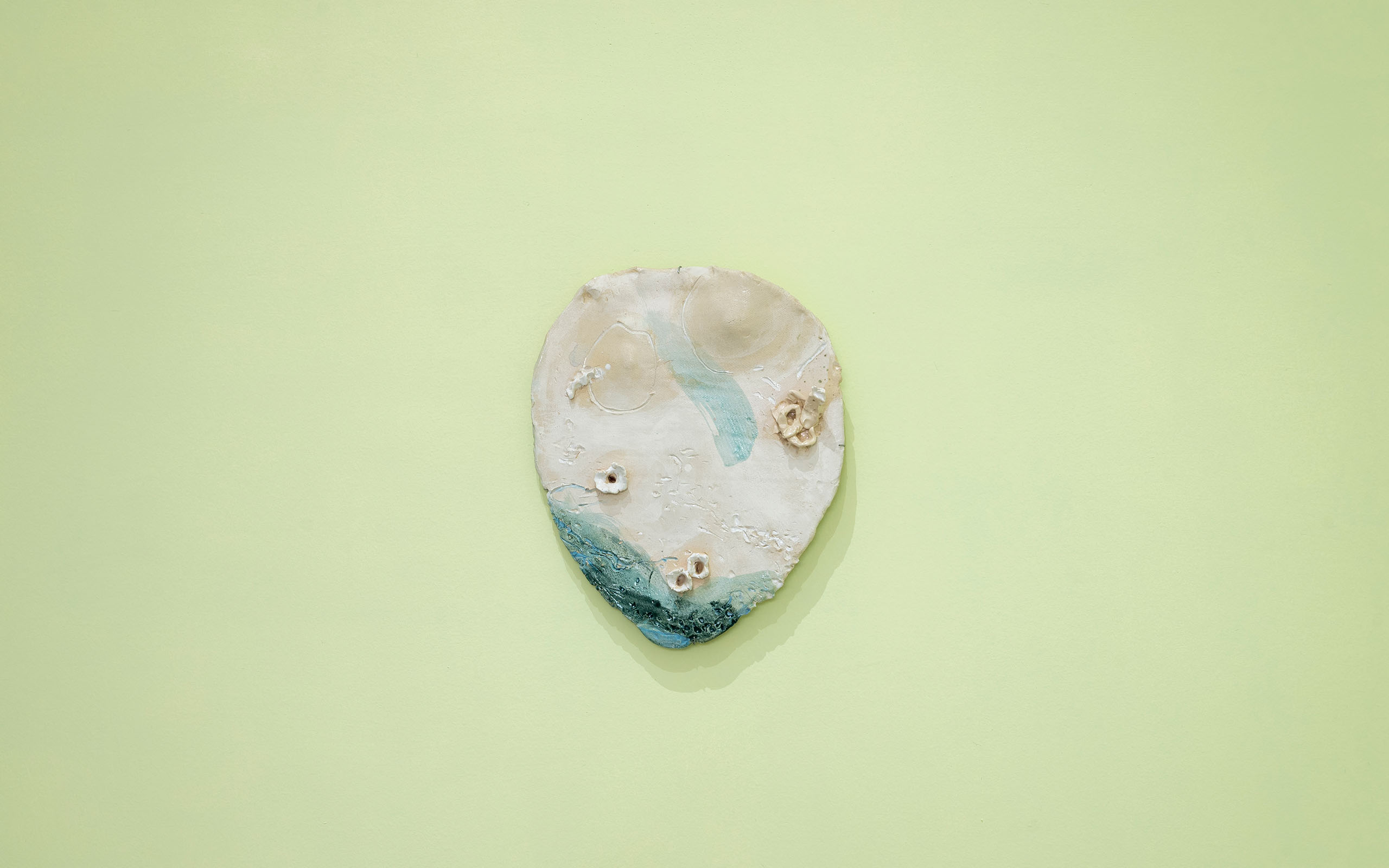
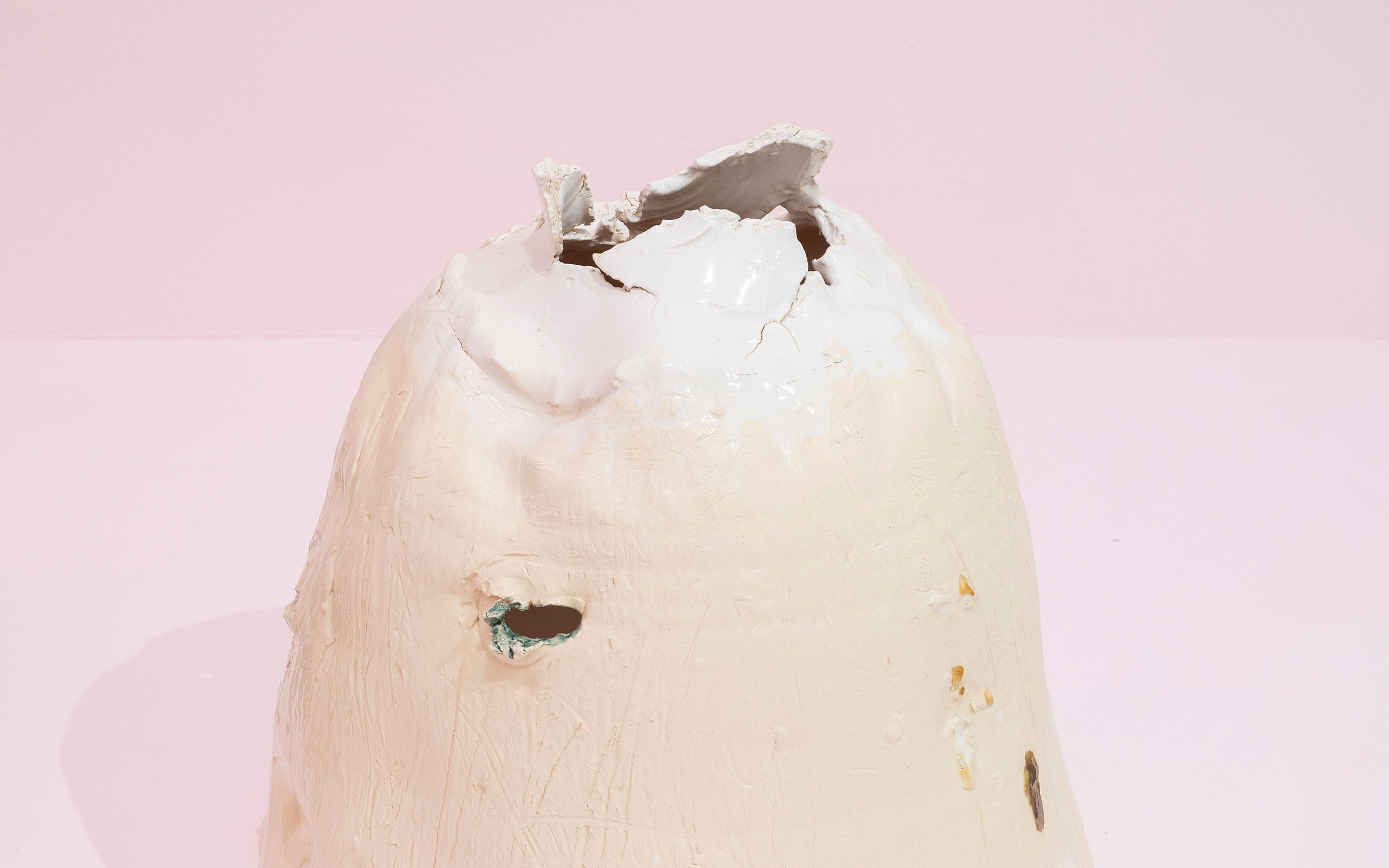
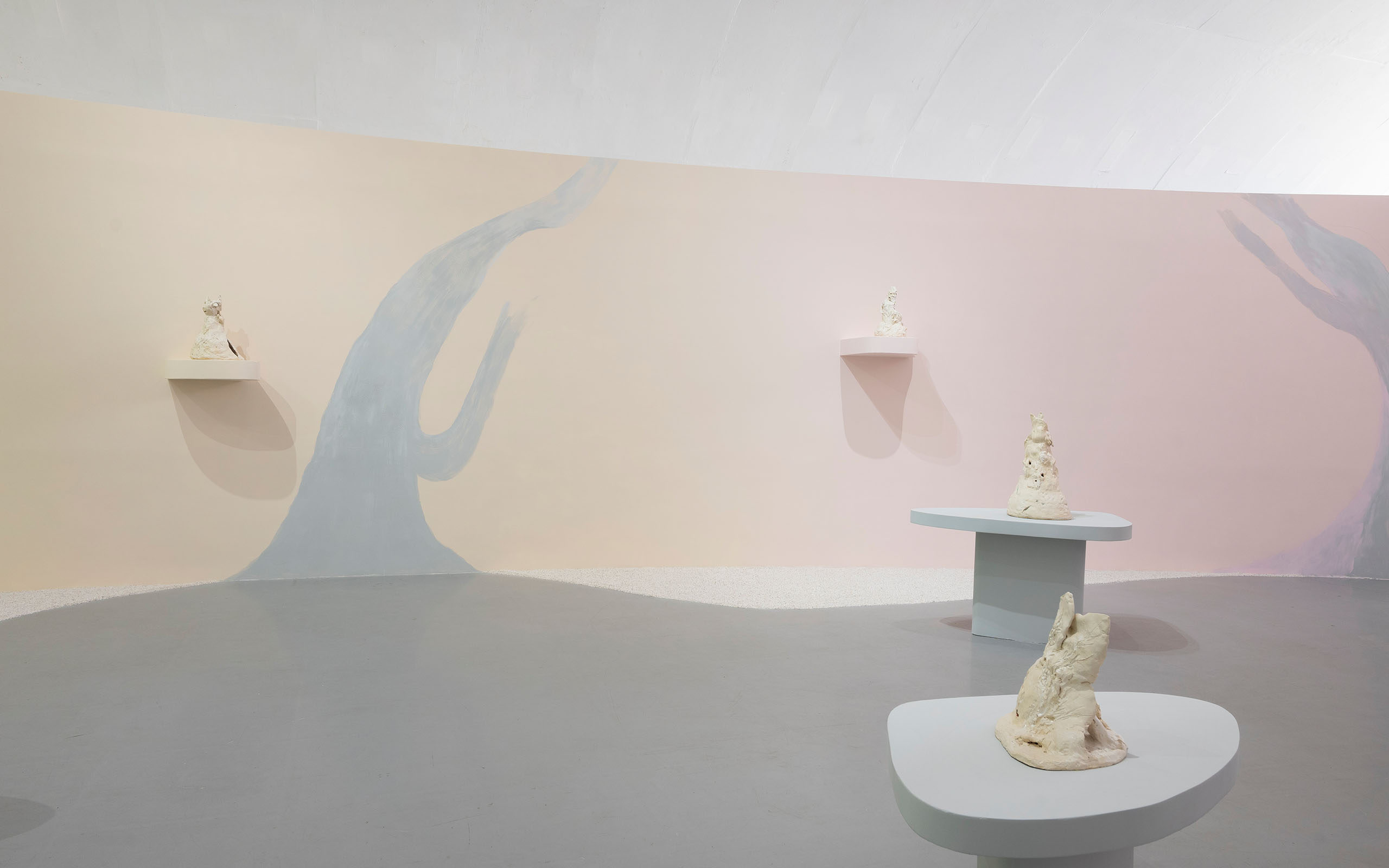
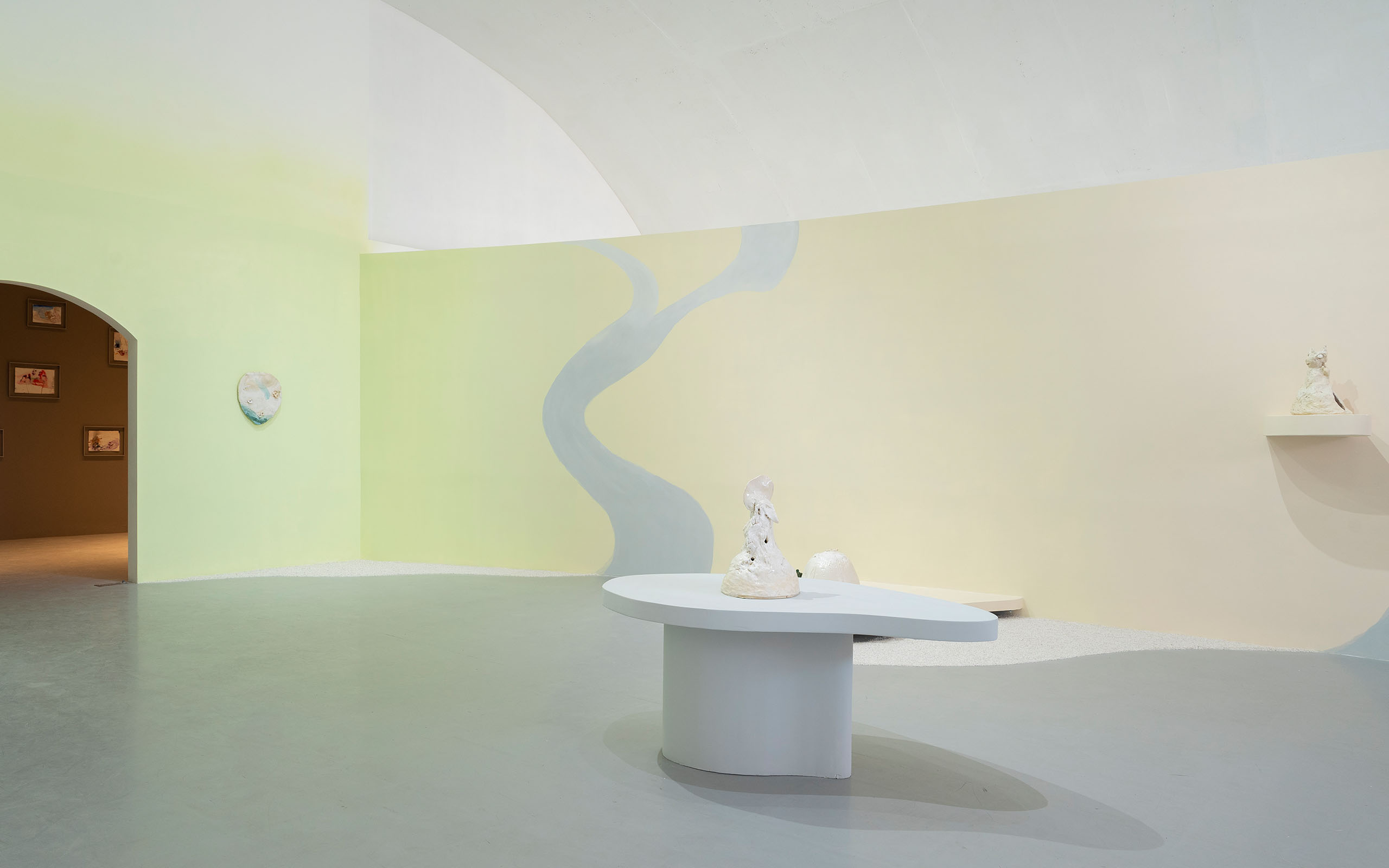
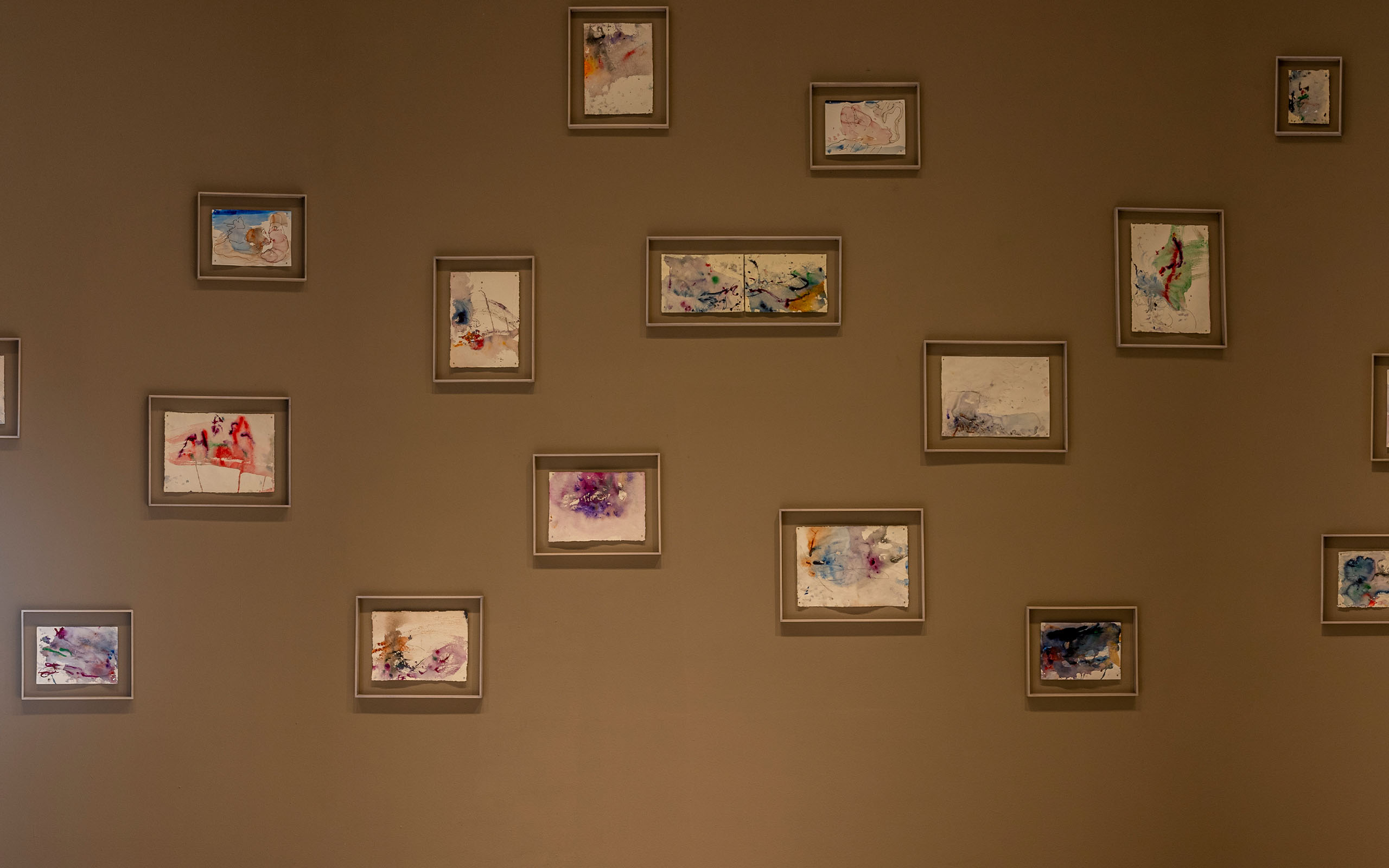
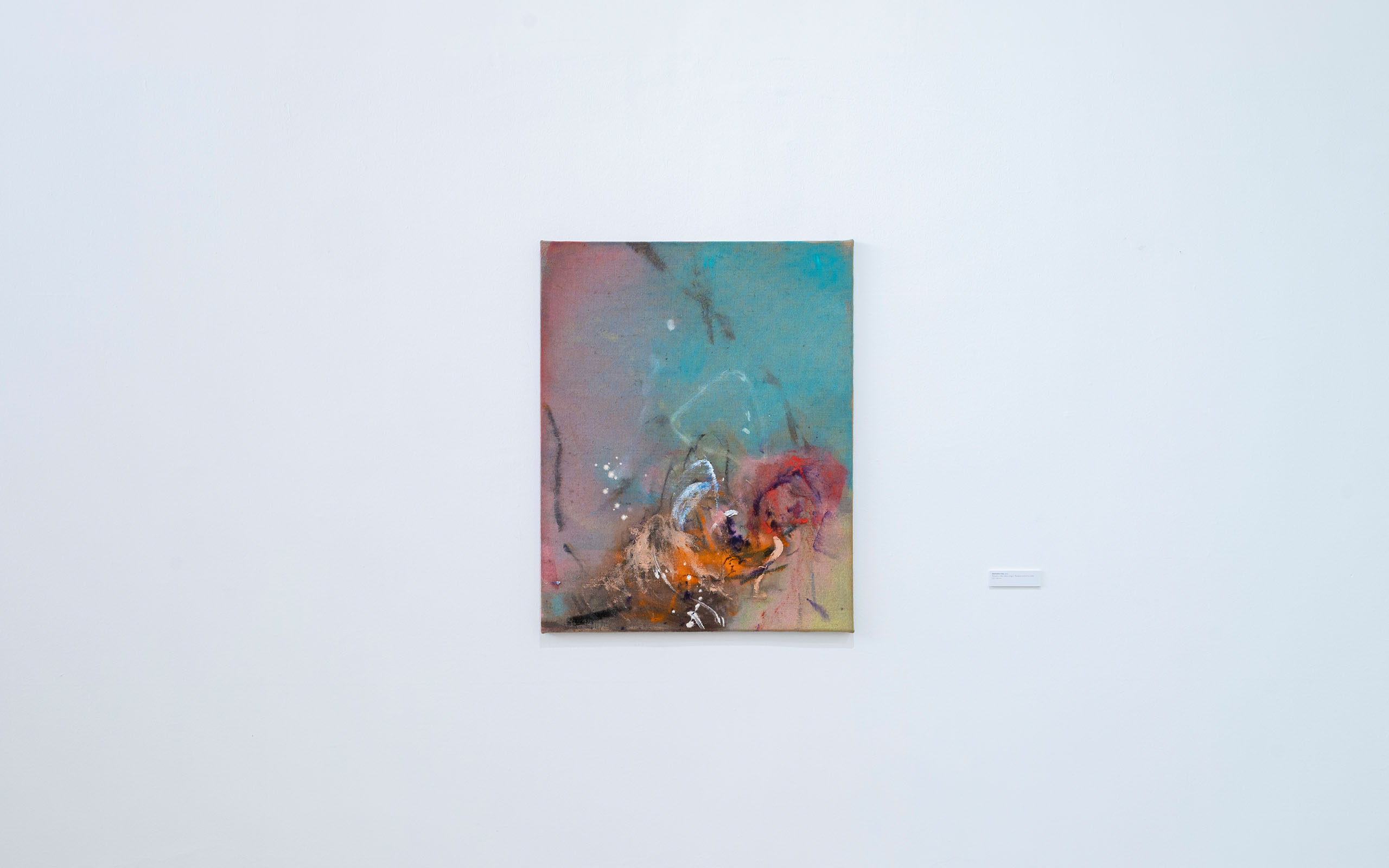
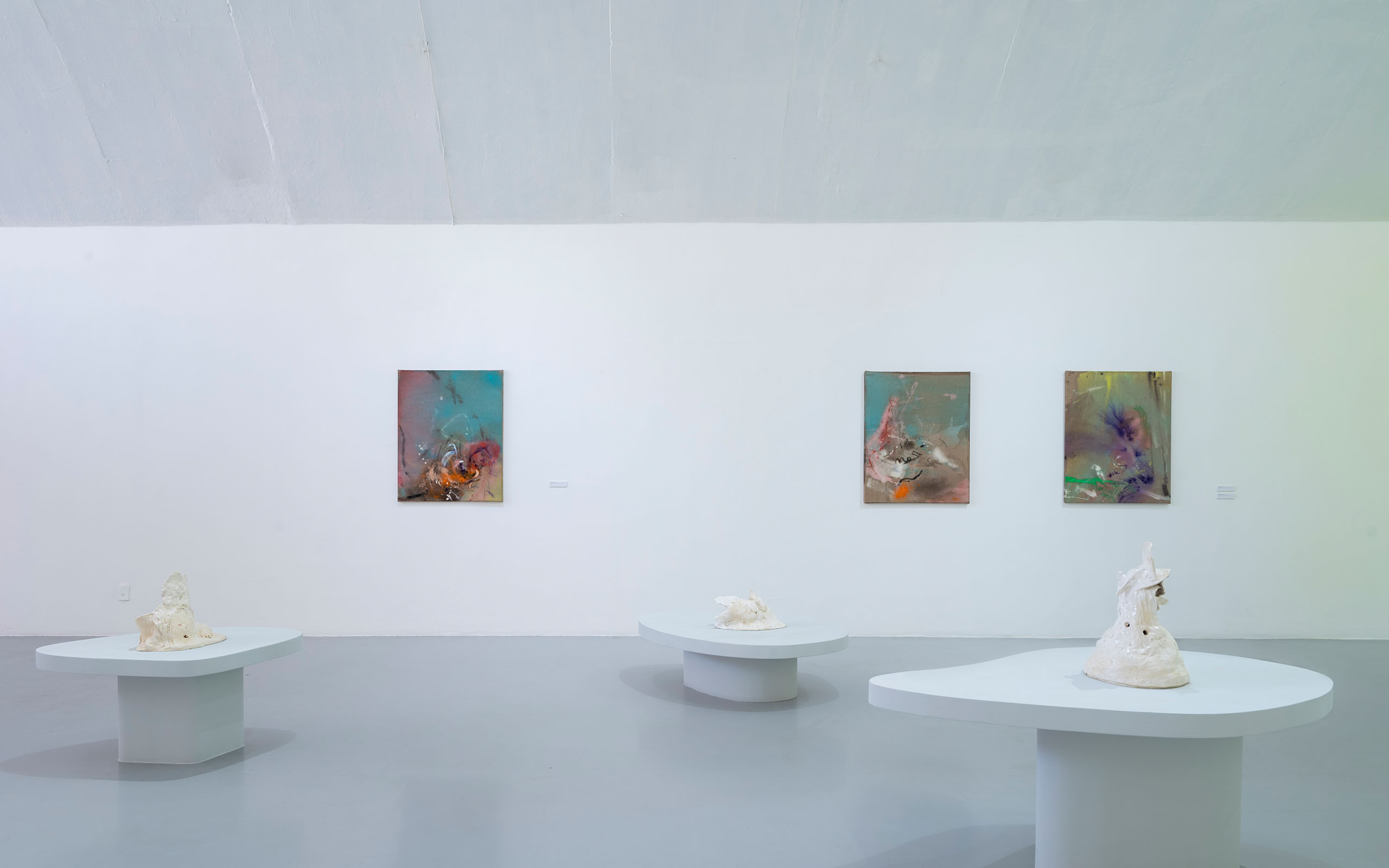
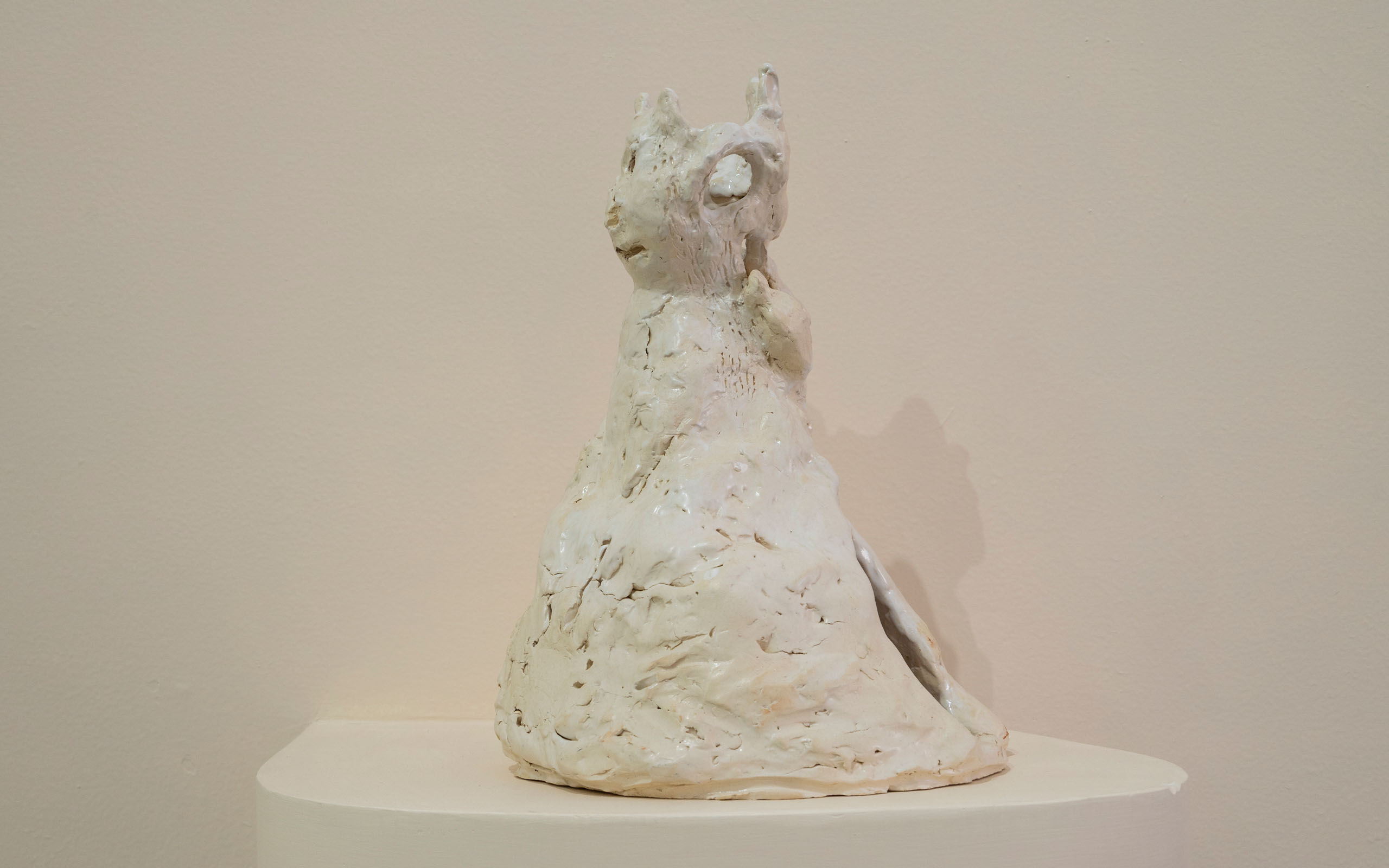

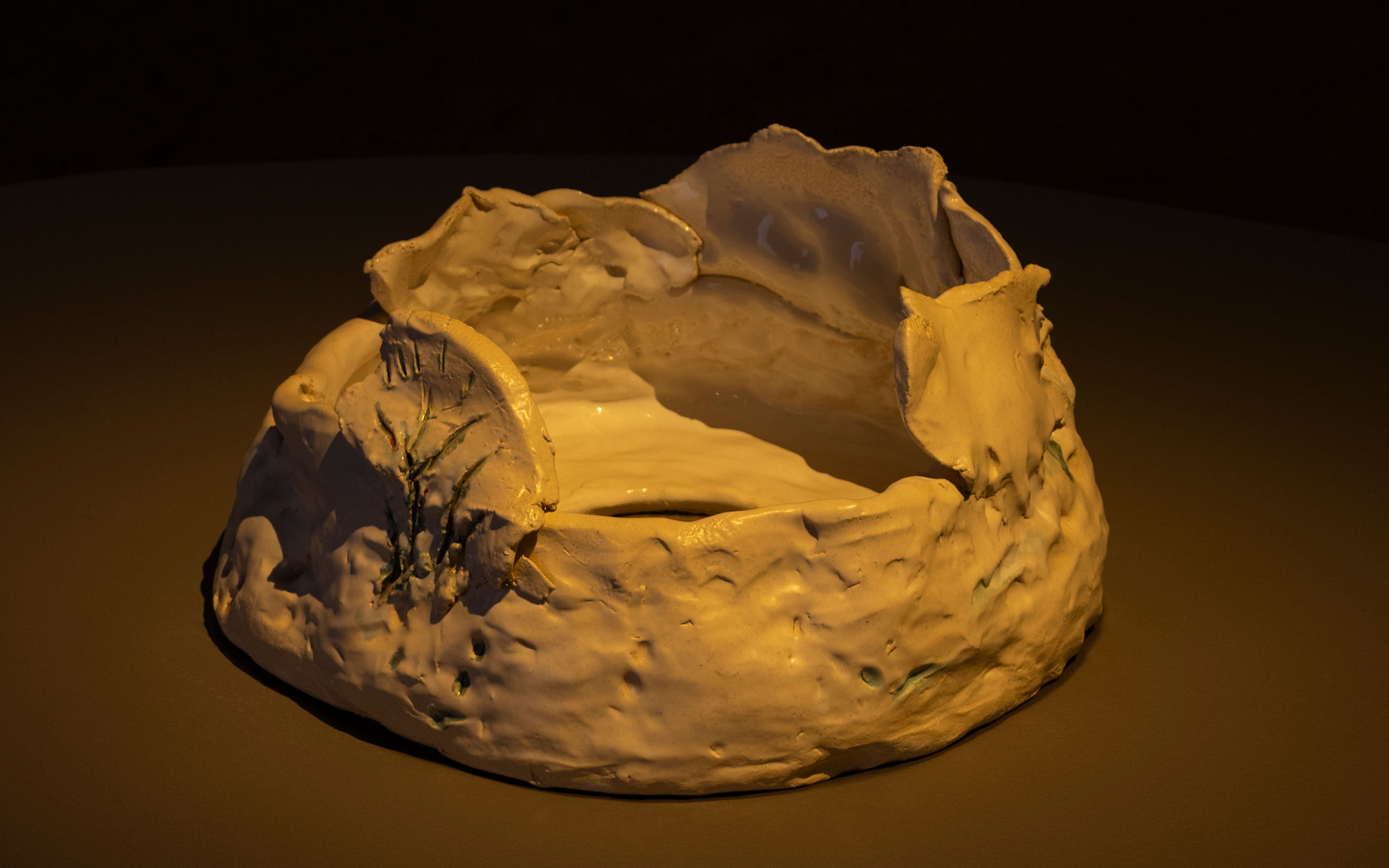
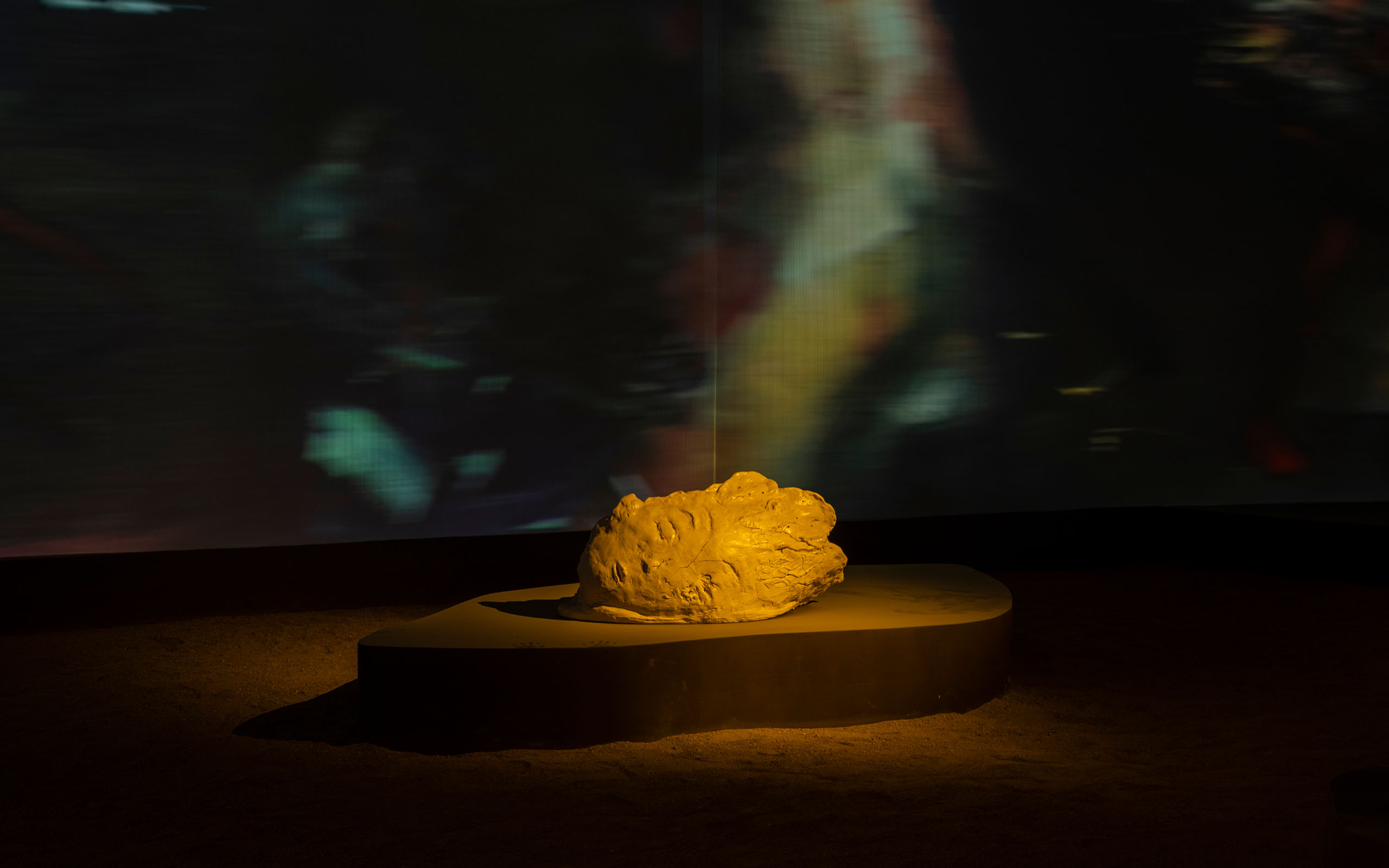
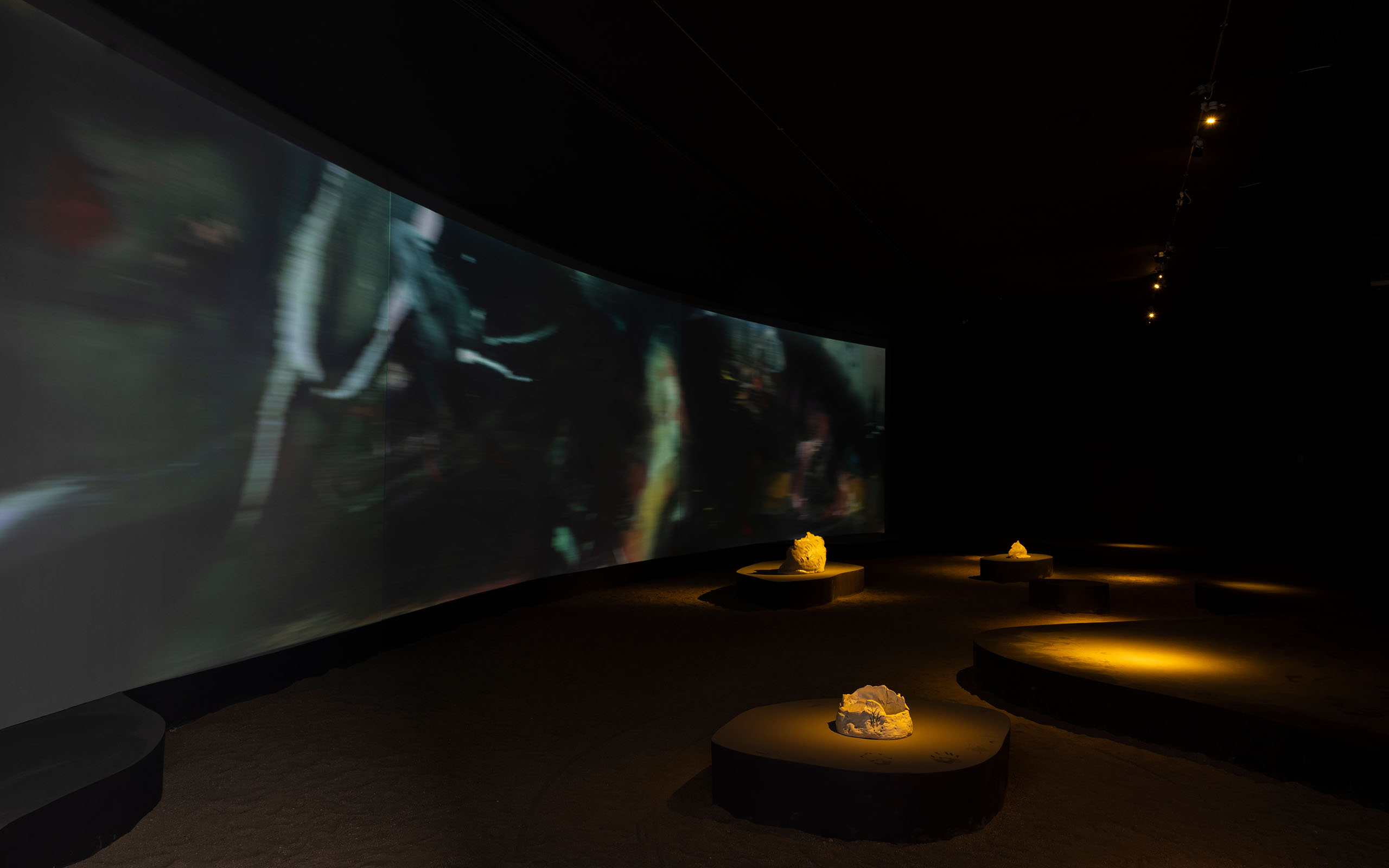
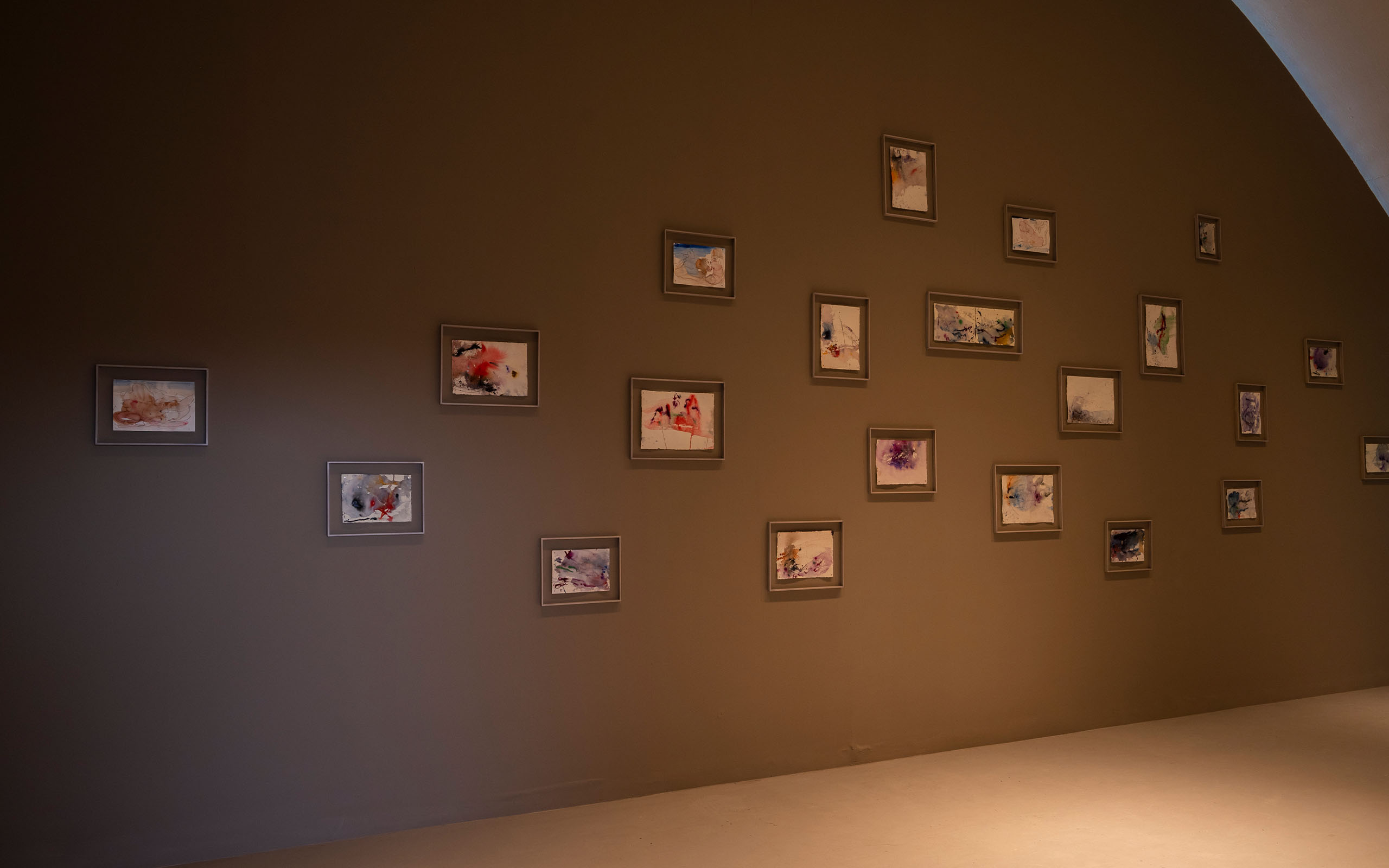
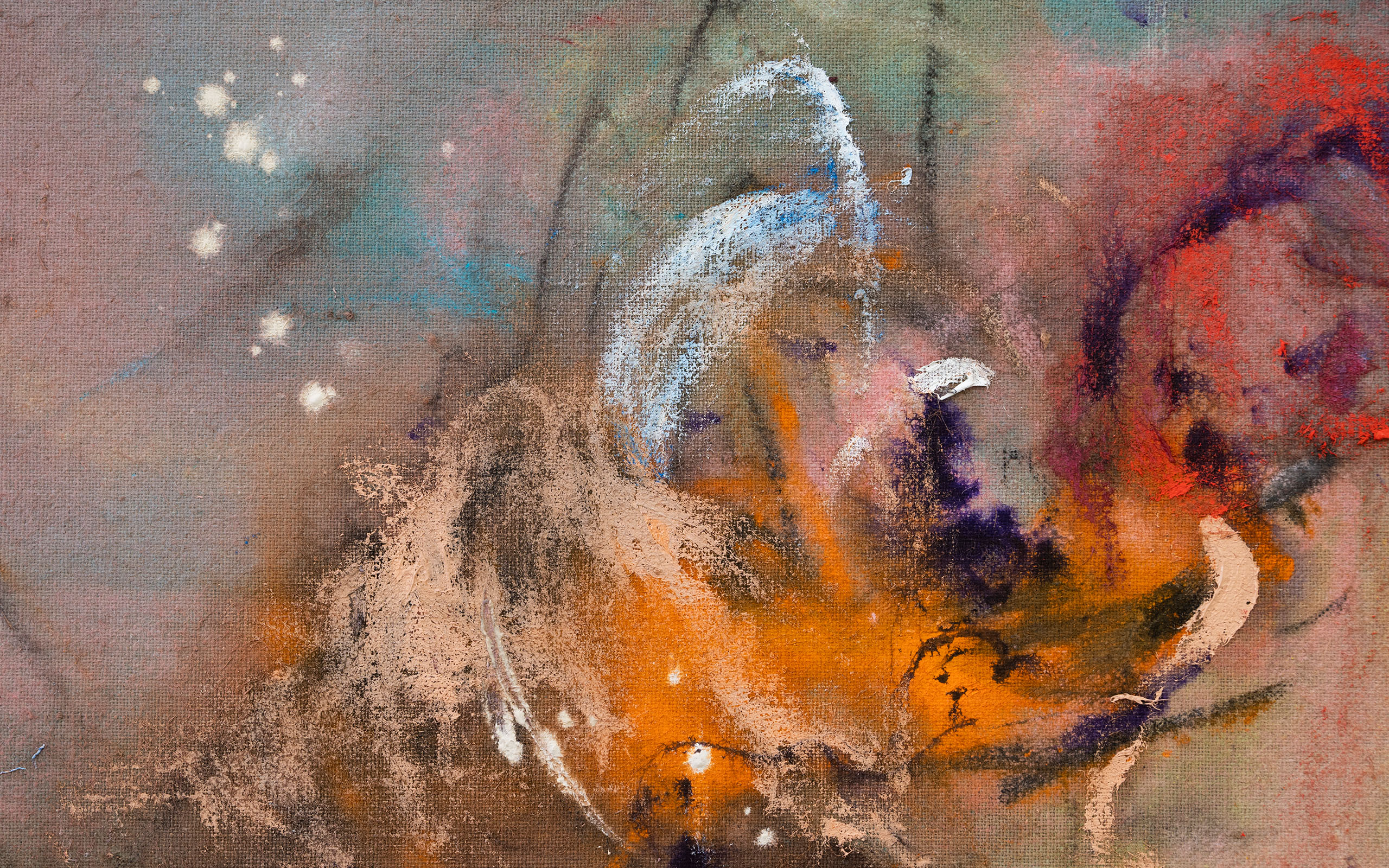
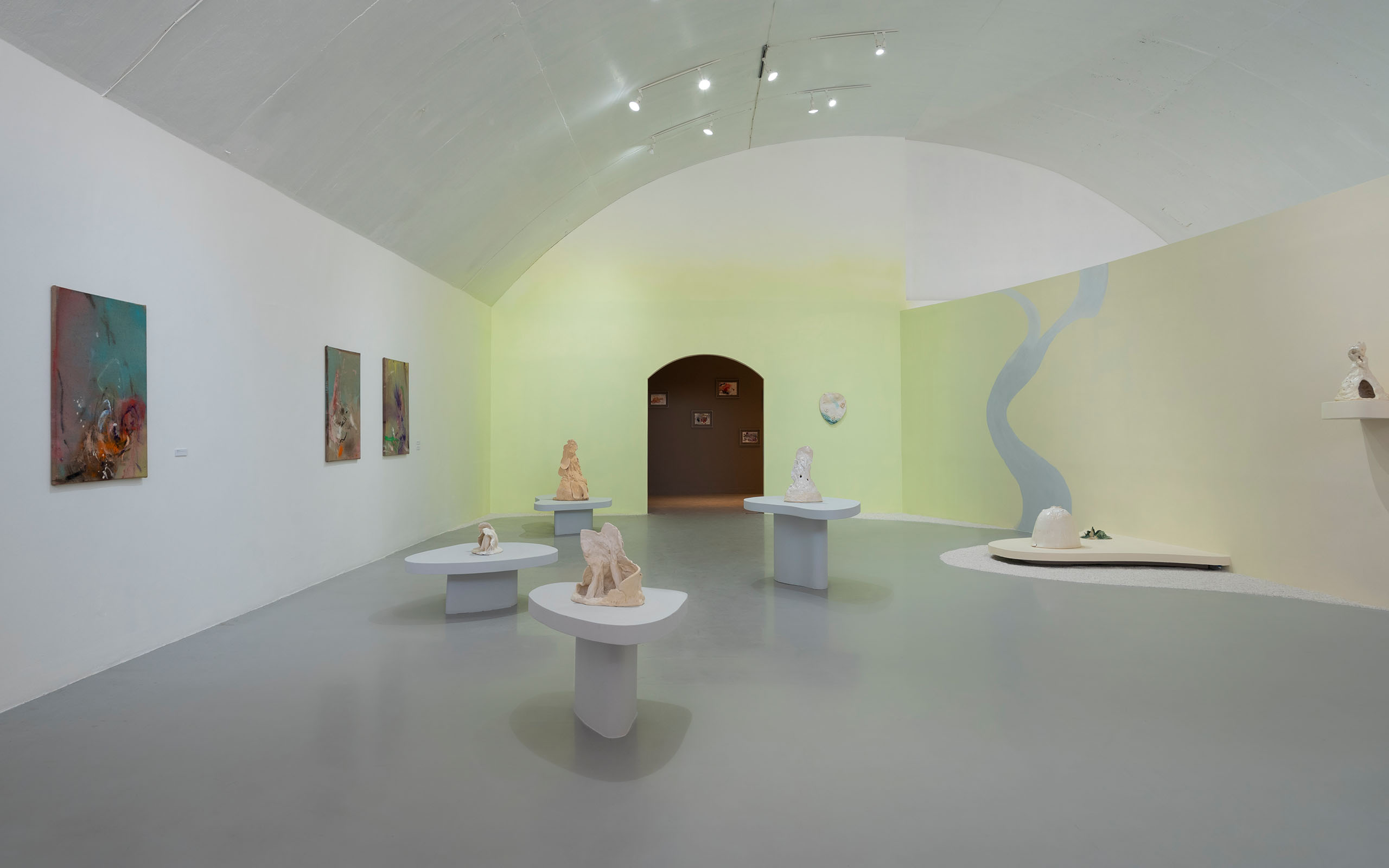
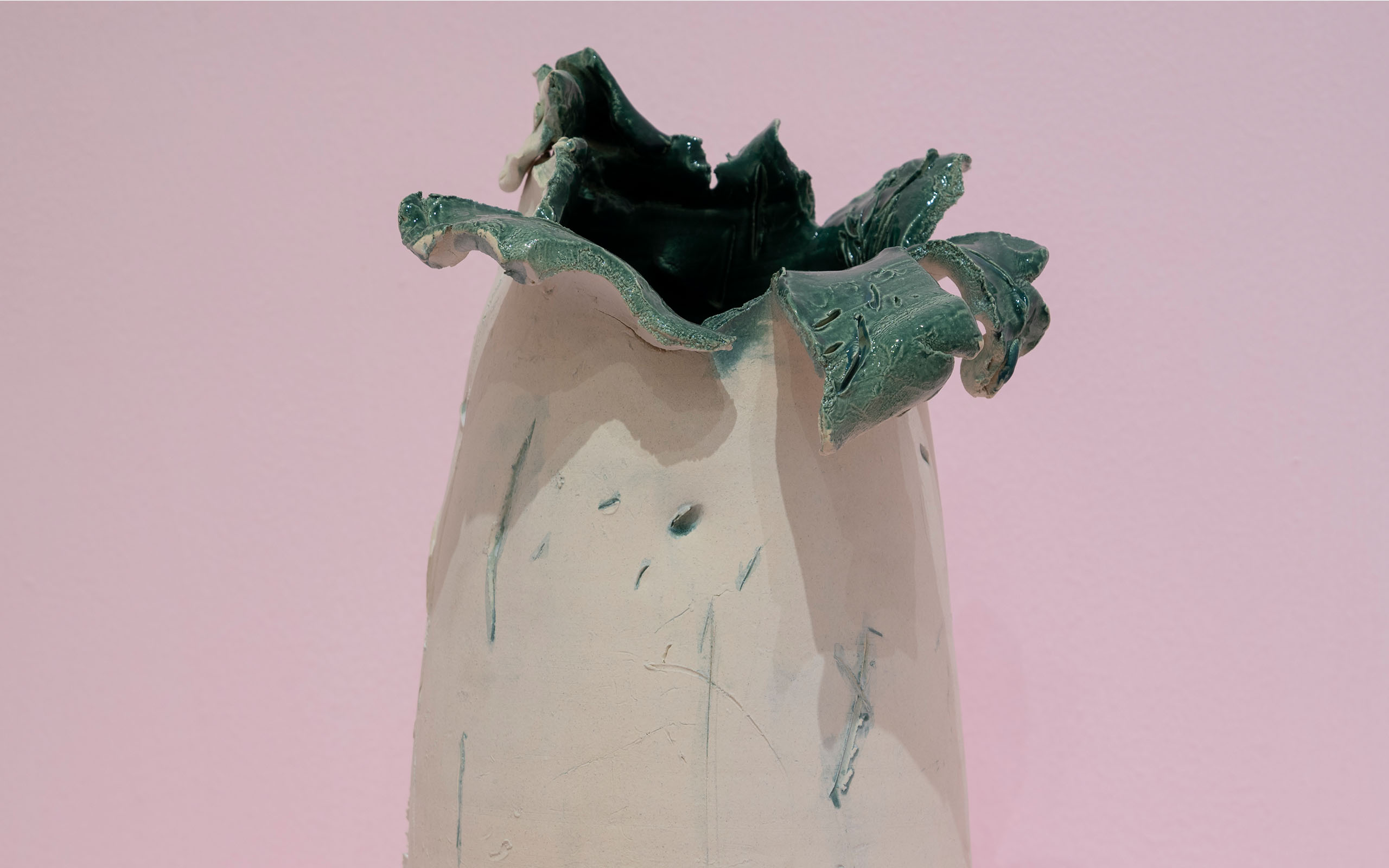
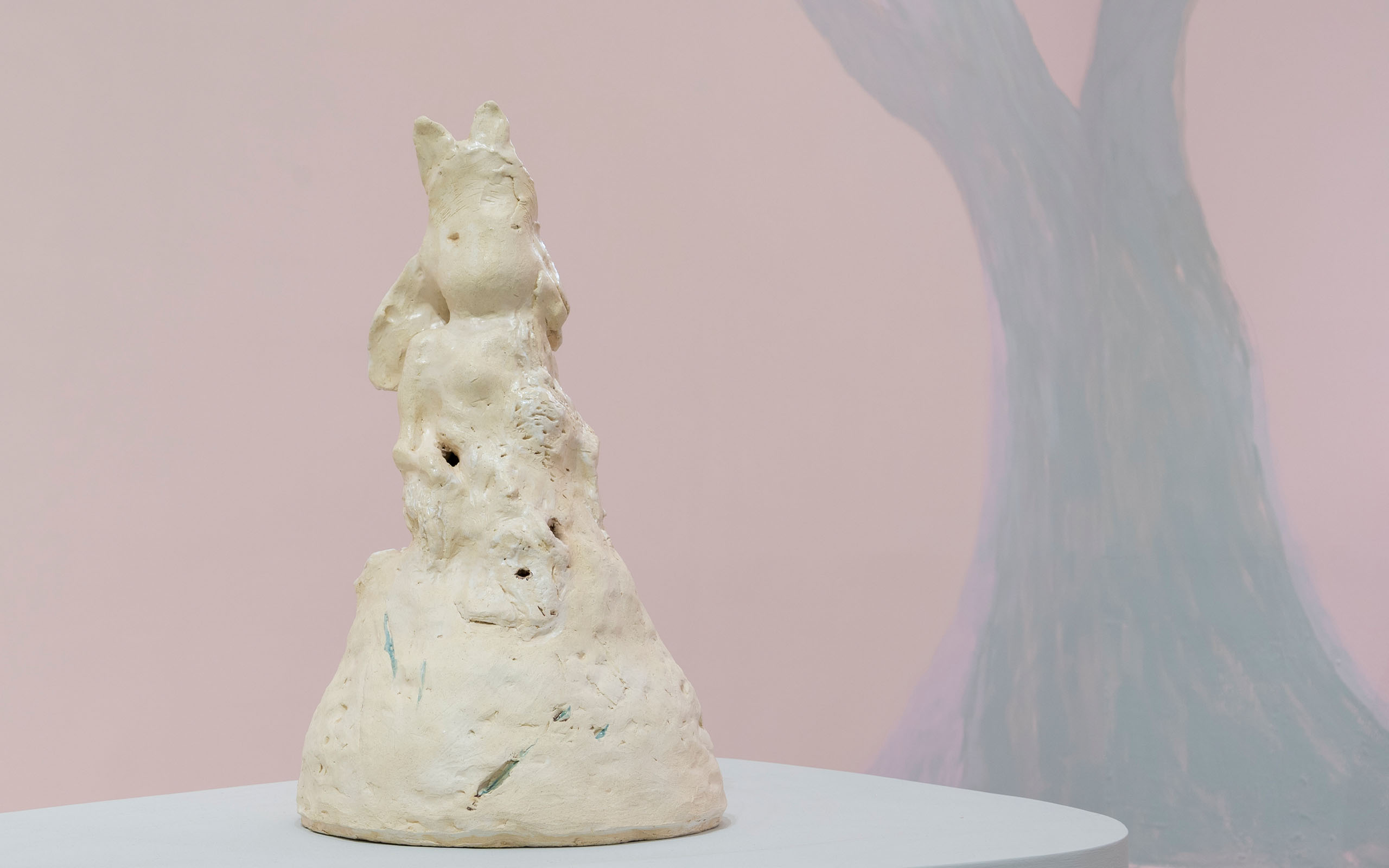

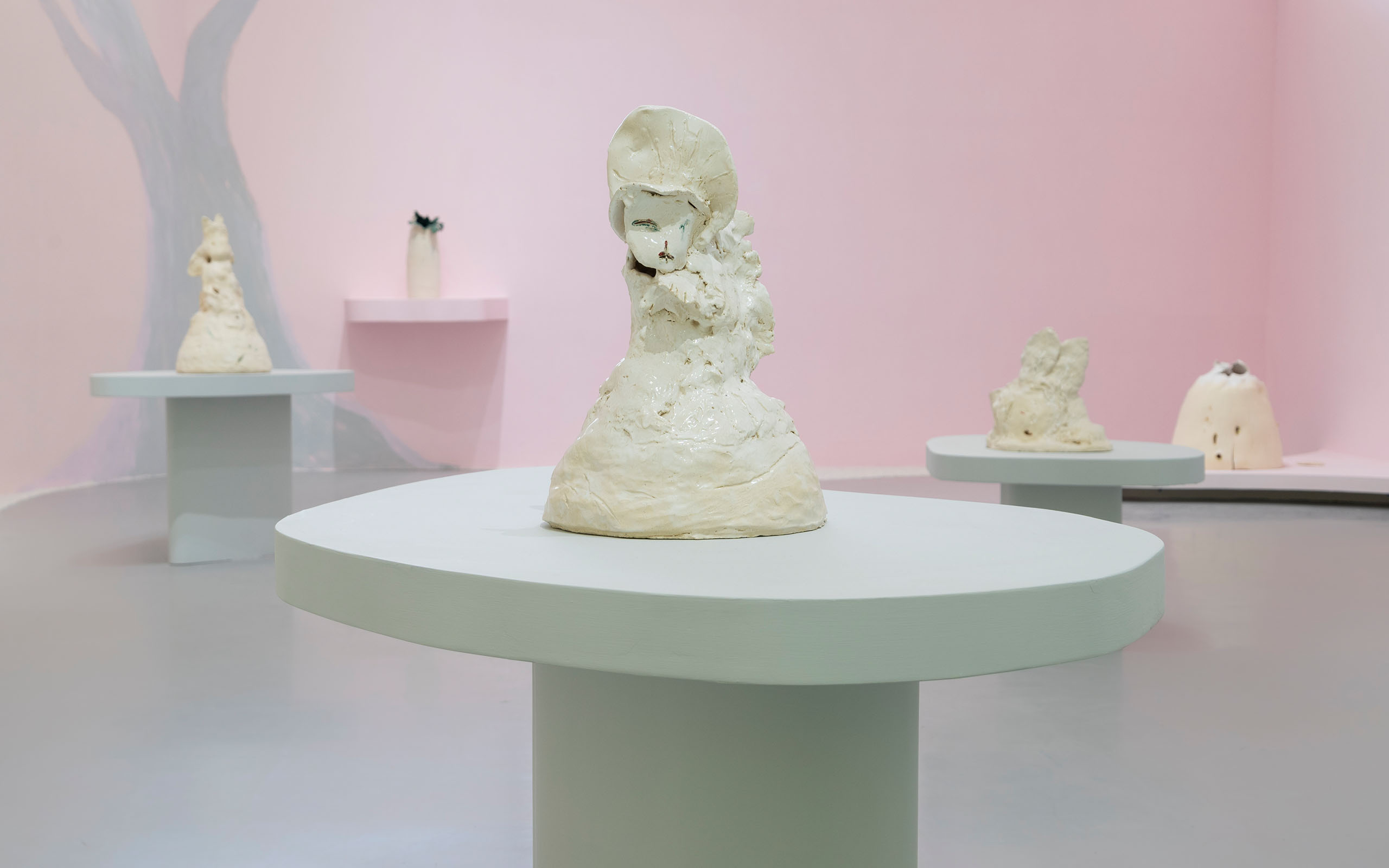
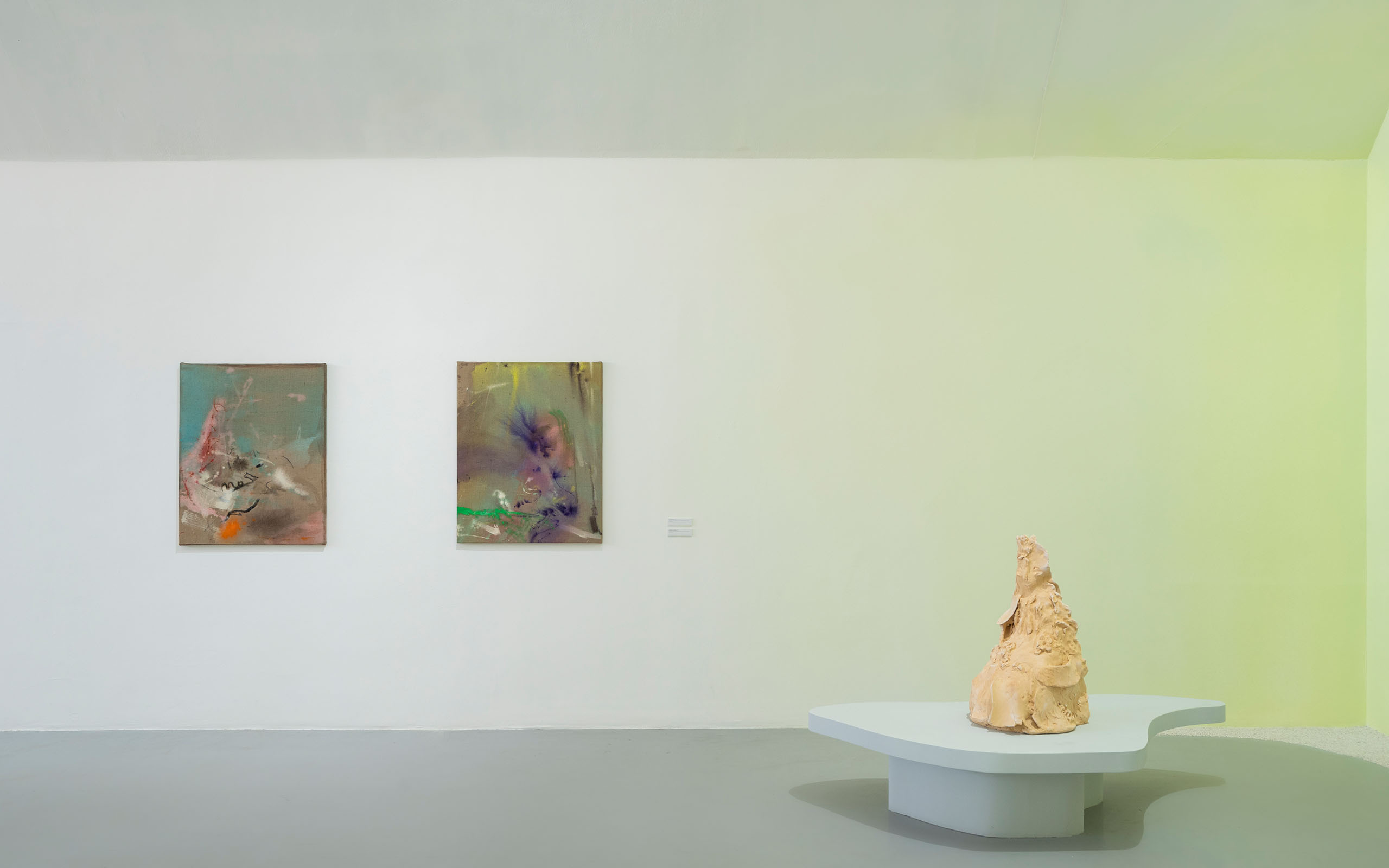
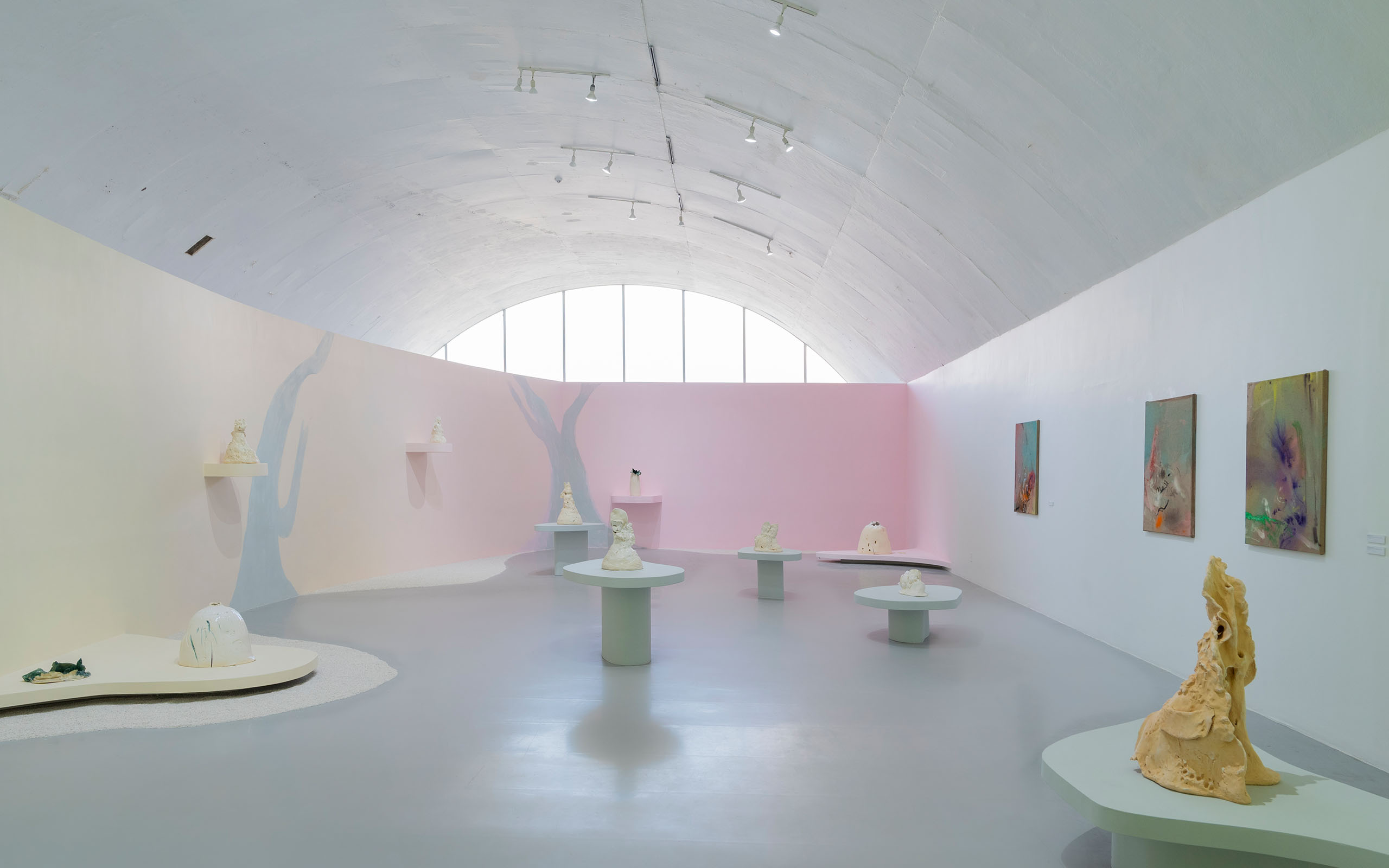
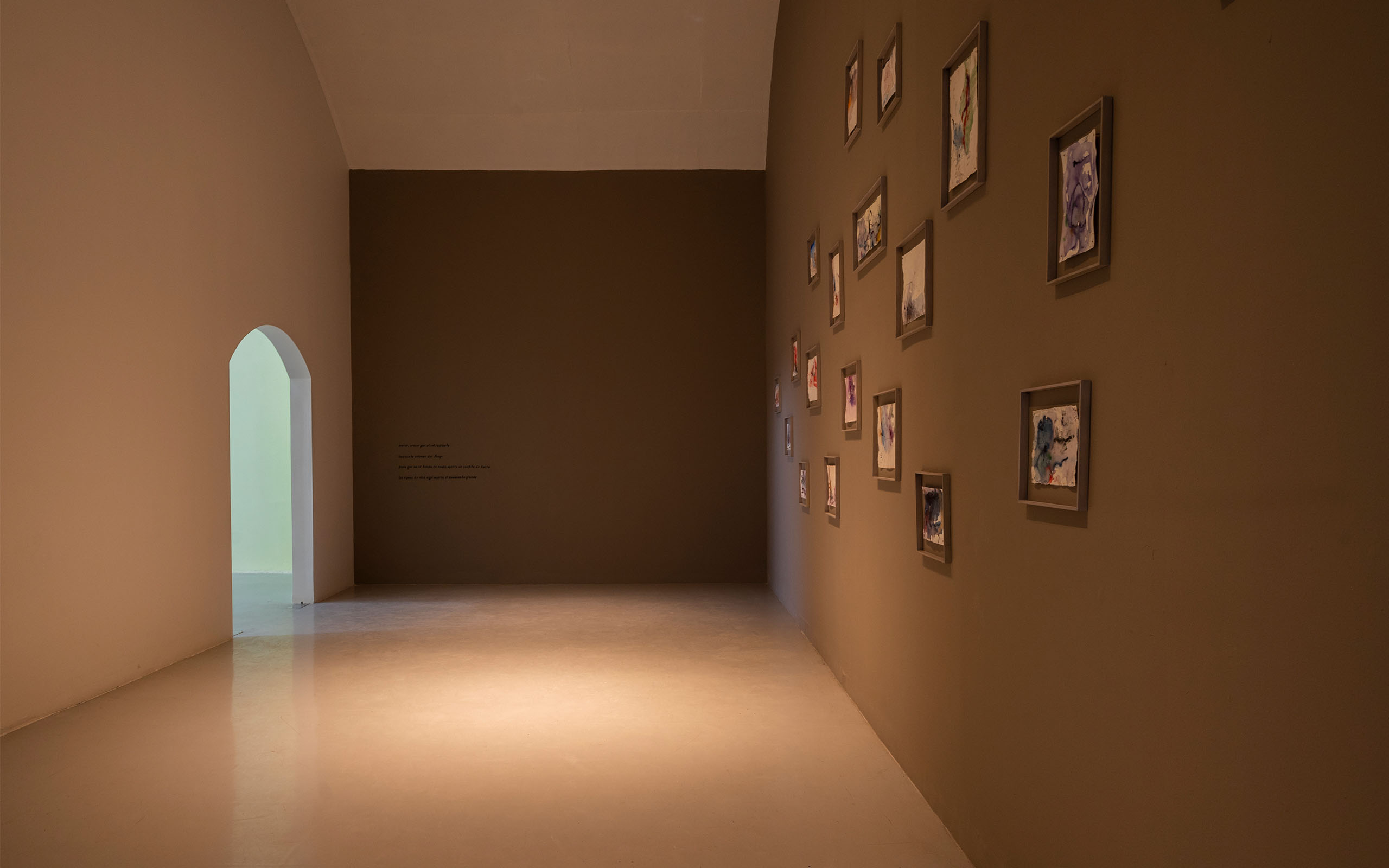
año del usagi [Year of the Rabbit] | Leiko Ikemura
From February 4th to June 25th, 2023
Curator: Viviana Kuri Haddad
Sala Lola Álvarez Bravo
In Japanese, the word usagi means “rabbit” or “hare,” but it also suggests a talismanic being with the ability to “jump from side to side / And break the established linear system.” Having emigrated from Japan to Europe ―first to Spain and then to Switzerland and Germany―, Japanese artist Leiko Ikemura is accustomed to jumping into new languages and worlds, to exploring new surroundings. Year of the Rabbit conjures up a fantastical world, reflecting the dynamism with which the many different forms expressed in her work cross biographical, geographical, cultural, and artistic boundaries. The usagi’s ability to jump from side to side also reflects Ikemura’s interest in liminal spaces, in the passage back and forth between day and night, between life and death, in an eternal return.
The exhibition is divided into two levels, into two symmetrical galleries. The lower floor symbolizes night, when life is latent and remains asleep. The projection of the large-format video Living Nocturne shows an apparently static dream landscape, which nevertheless contains micro-universes that generate, in the darkness, different forms of life. The barely perceptible movement of the images gradually reveals an abstract pictorial horizon, in a process of permanent gestation. The predominance of black in the video makes the other colors even more vivid.
The only other work in this gallery is the ceramic piece Usagi Dreaming. The rabbit’s dream is of fantastical beings, hybrid creatures such as girls with rabbit ears, and chimerical atmospheres charged with thousands of years of memories.
The conception and perception of space are an integral part of the work. The floating islands invite spectators to sit down and become part of the exhibition, to enter into this illusory landscape and to share the artist’s inner universe.
Leiko Ikemura is obsessed with the idea of the union of all living creatures with nature, with the cosmos. This is reflected in the different media with which she works: ceramic has a direct correspondence with painting and both of these with the writing of her poems. Taken all together, these approaches evoke the transparency of divisions between different worlds, the transition whereby darkness is transformed into light.
On the upper floor the space is light: what is sleeping presence on the lower floor has been transformed into a daytime existence. The series of watercolors on display were executed by the artist in Guadalajara especially for the exhibition. Alongside them, also on the wall, are verses that seem to have emerged from the paintings. When the artist writes haikus and poetry in Japanese, she does so in hiragana, a simplified Japanese script invented by women in the country’s classical antiquity, when they were forbidden to learn the kanji script. Even though the poems have been written originally in Spanish, the clear and simple vision ―the authenticity― of hiragana remains.
The canvases of the two paintings are not completely covered in oil. The warp of the linen is partly visible, as the artist alludes again to interstices, to the duality of within and without, to the transparency of fabric, which functions, along with the pictorial motifs, as a gateway. There are also ceramic works of different formats in the space: strange creatures with the ears of animals, heads transformed into vegetal forms, breathing mountains, and lakes that seem to merge into children’s faces.
The title Year of the Rabbit refers to the Chinese New Year, which begins at the rising of the second new moon following the winter solstice. The year 2023 is the Year of the Water Rabbit. The zodiacal sign of the rabbit represents longevity, peace, and prosperity, and 2023 is expected to be a year of hope. We shall see.
Viviana Kuri Haddad
